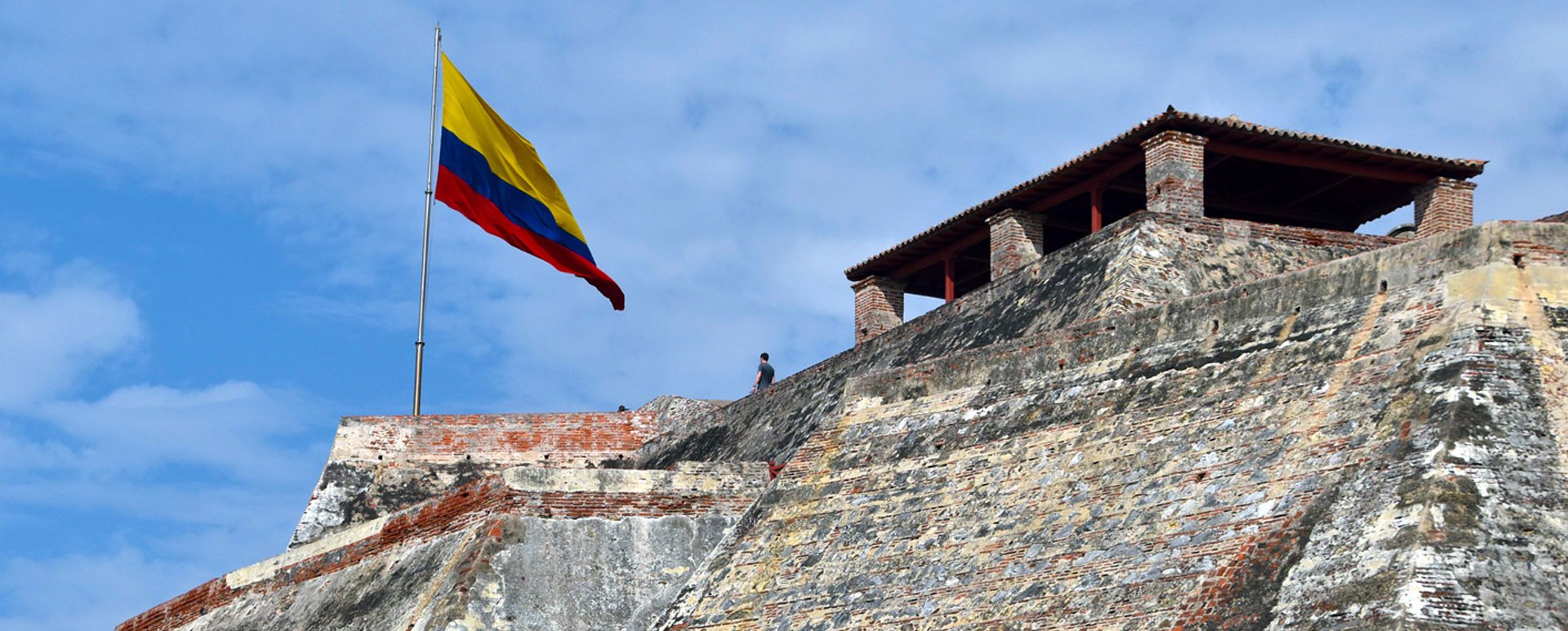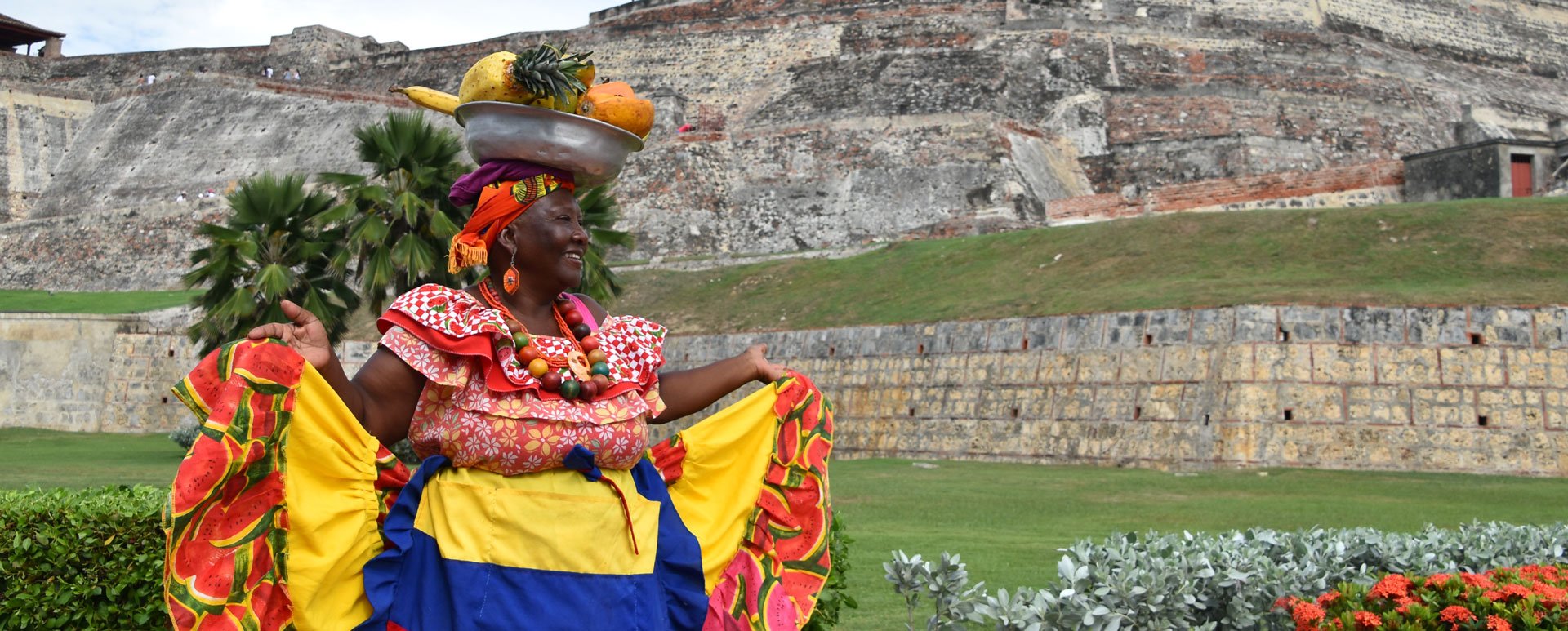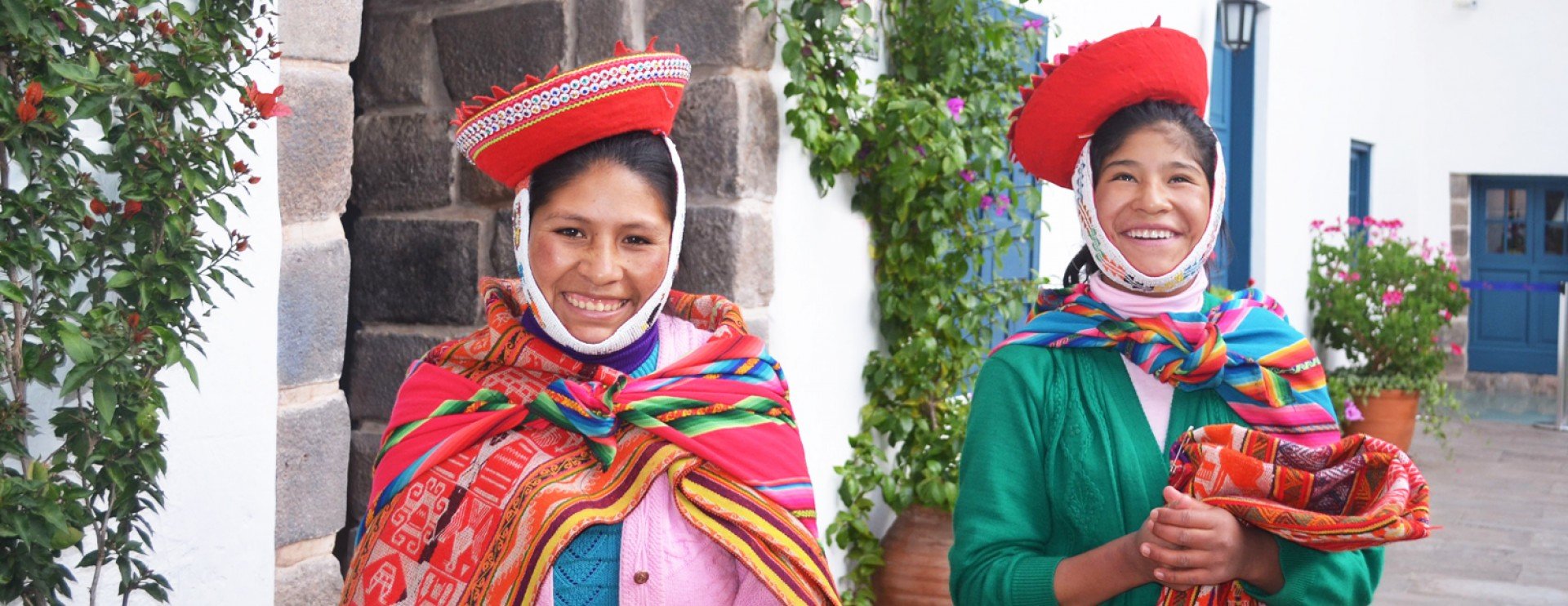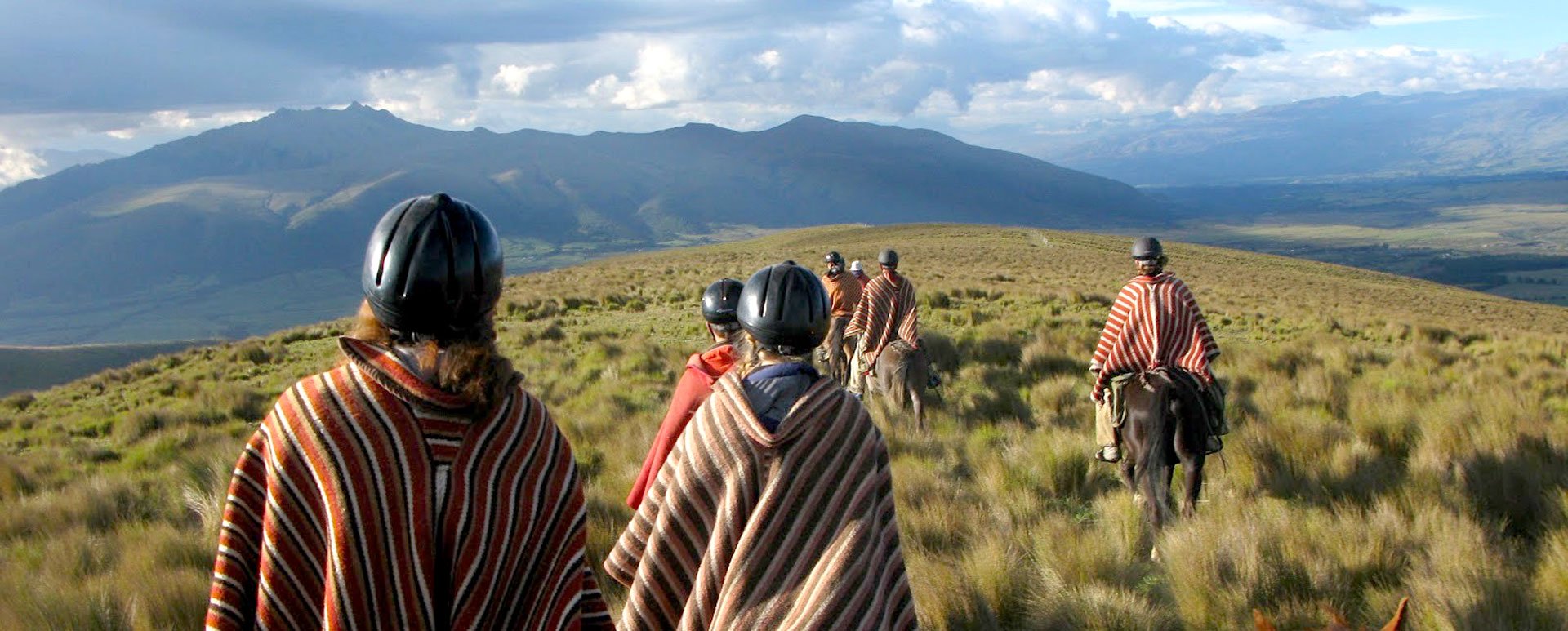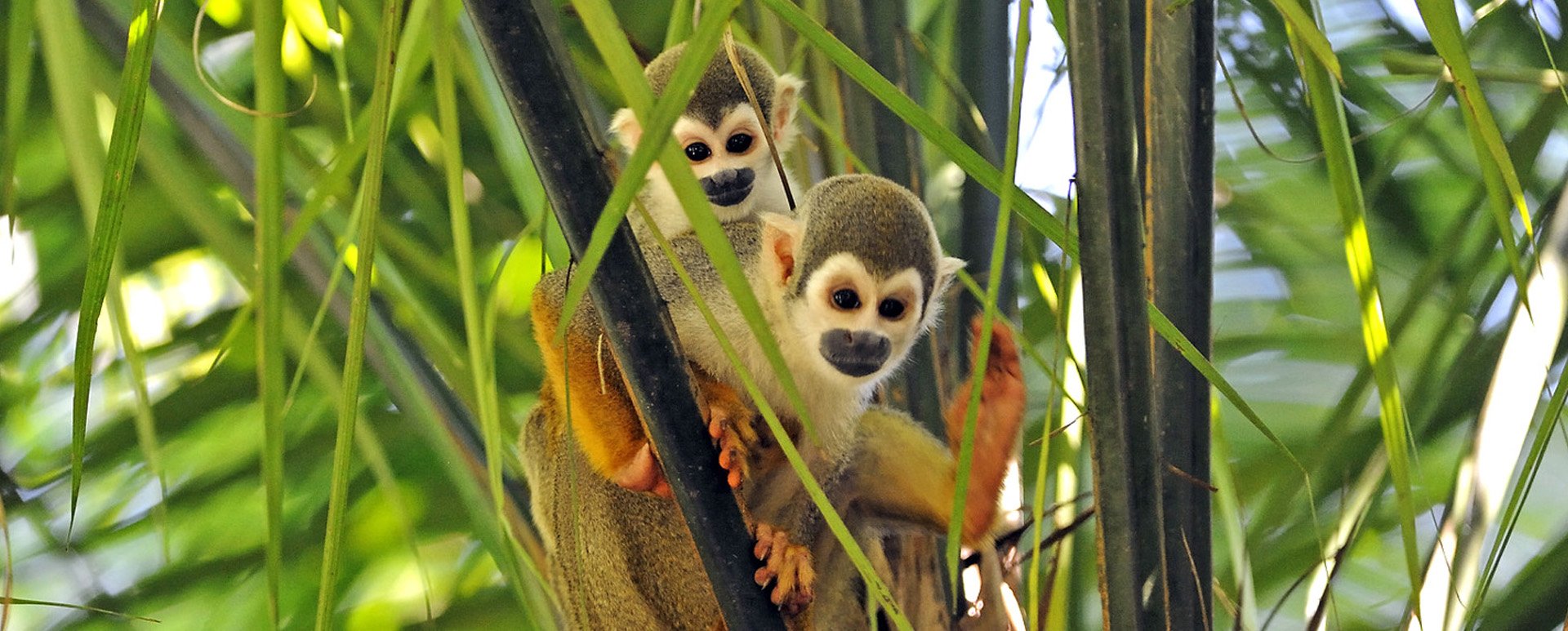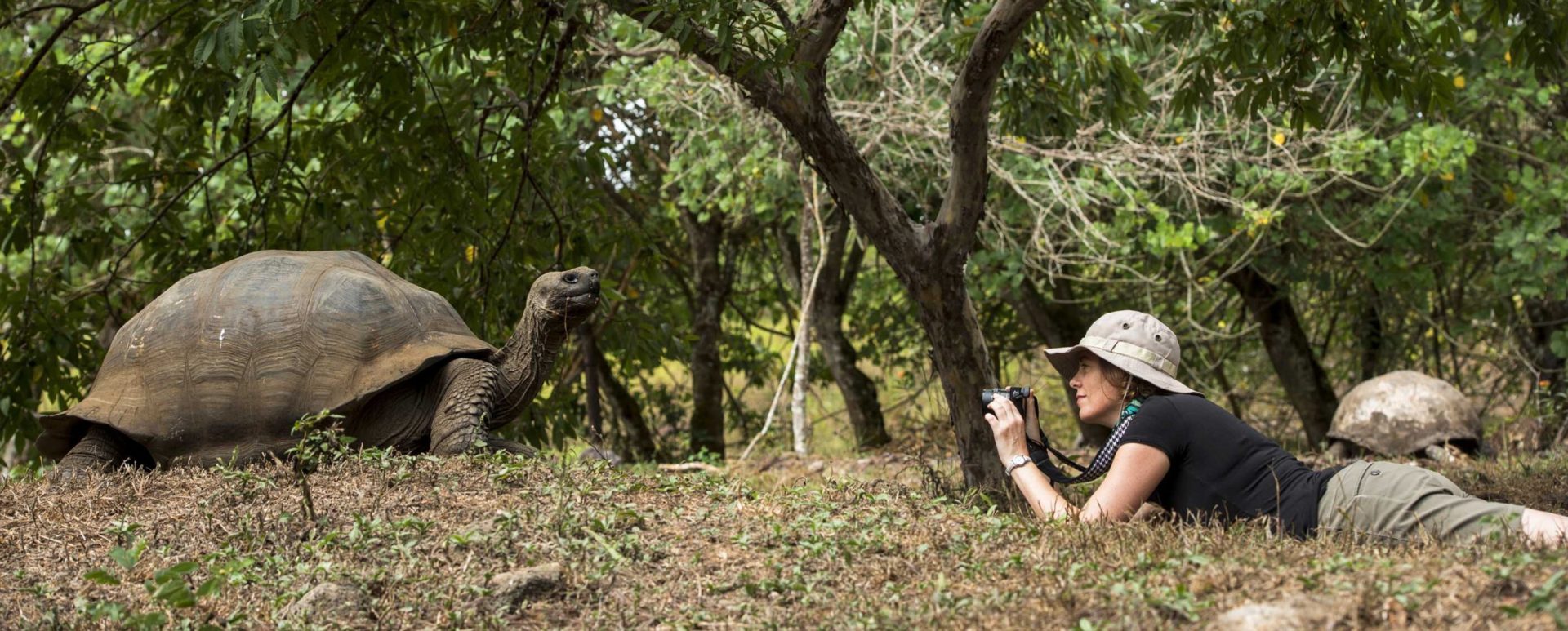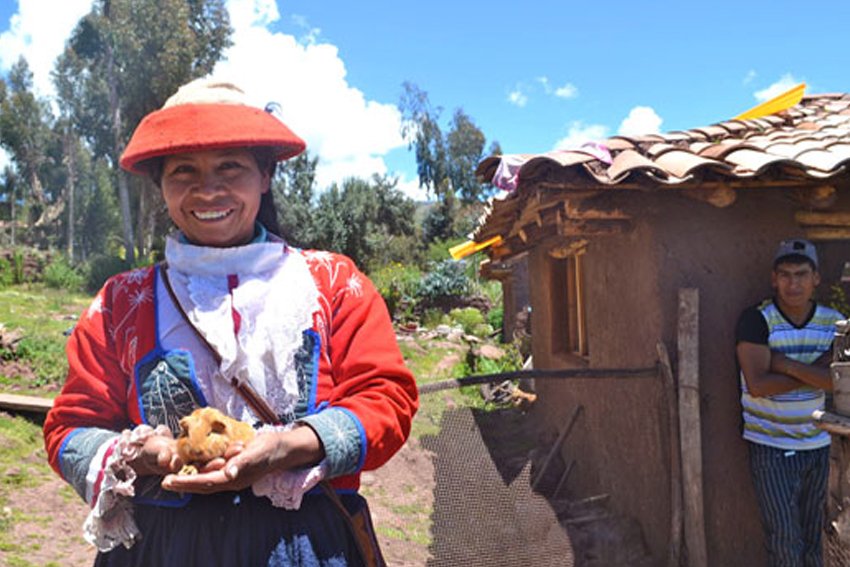
(Guinea) Pigging out in Peru and Ecuador
When Westerners see a guinea pig-those beady eyes and delicate whiskers-their reactions are typically, “Awwww.” But for locals in Peru and Ecuador, a more typical response is, “Mmmmm.”
Guinea pigs are known as cuy in Peru and Ecuador and are traditional cuisine, often eaten during special occasions.
As strange as it may seem, the furry rodents were food first, domesticated by the Inca in the Andes Mountains where they were eaten during ceremonial meals. Then in the 16th century, European explorers returned home with the guinea pigs where they became pets, initially for the upper class.
Today, Peru alone eats an estimated 65 million guinea pigs a year where they serve as an important source of protein. Visit a traditional home in the highlands, and you’ll likely find a guinea pig enclosure. The animals may be doted on by the family’s children but, make no mistake, when the next birthday celebration comes around, those guinea pigs will be on the plate.
There are, in fact, multiple benefits to seeing guinea pigs as food instead of friends. They reproduce quickly and require few resources compared to cattle, so they make good economic sense. Plus, guinea pigs require little space, enabling cultivation in urban areas and providing environmentally-friendly benefits, too.
For adventurous foodies willing to put aside images of their childhood pet, cuy can be found on many restaurant menus in South America. The guinea pig is traditionally served splayed and eaten whole, head and tiny feet included. Some restaurants, however, may present the dish in a way more palatable to Western travelers, that is, looking less guinea-pig-like. Though many people liken the chewiness and taste to rabbit, the flavor largely depends on how the cuy is cooked-it can be fried, roasted, grilled or barbequed-and seasoned and paired in an endless variety.
The guinea pig isn’t just a food source in Peru, but also an important cultural icon, as evidenced by Cusco Cathedral’s Last Supper painting, which depicts the 12 disciples feasting on a roasted cuy. And many regional celebrations pay homage to the guinea pig. Villages in eastern Peru, for example, participate in the festival known as jaca tsariy, which translates to “collecting the cuys.” Celebrations can include guinea pig races, guinea pig “bull fights”, and guinea pig cook-offs. In Churin, Peru, an annual festival sees guinea pigs decked out in elaborate costumes, tiny hats and all.
So while they’re not adored pets in South America, guinea pigs are certainly still loved 🙂





